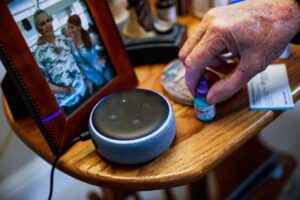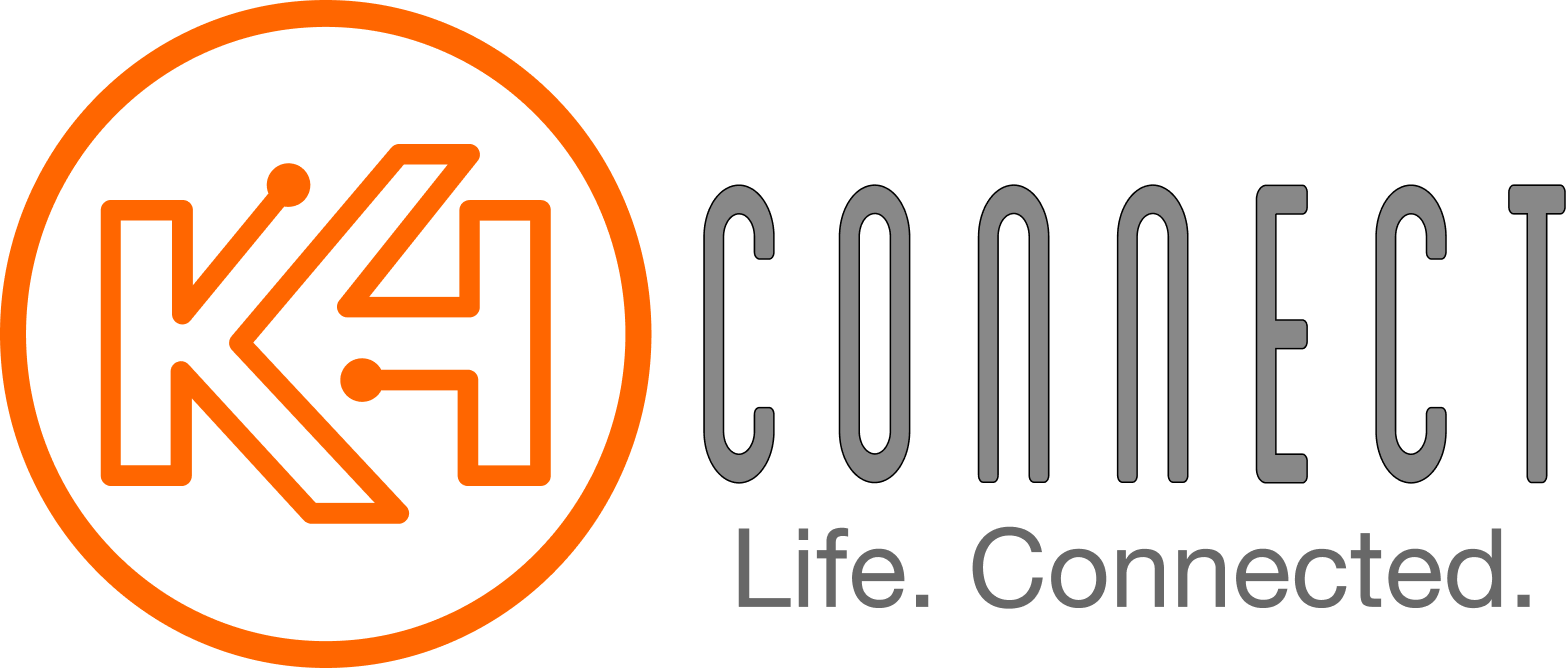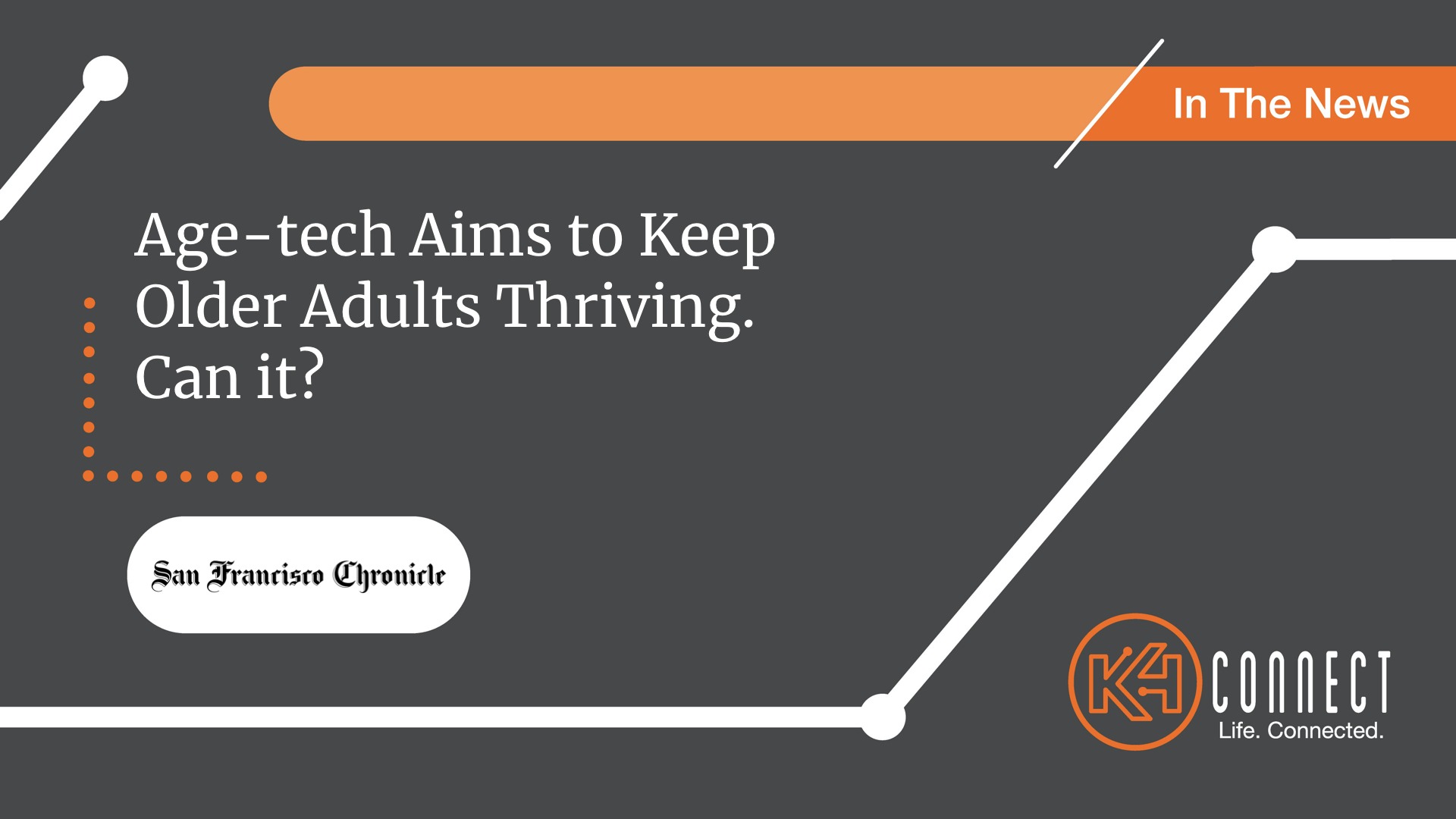Age-tech today promises to connect seniors with their families, increase their mental stimulation, deter isolation and keep them safe and healthy.
By: Mandy Behbehani
February 29, 2020
Welcome to technology’s new wave: age-tech — the preferred term for products and experiences aimed at America’s “gray tsunami.” According to the U.S. Census Bureau, there are an estimated 73 million Baby Boomers. And the Census’ 2017 National Population Projections showed that by 2034, seniors 65 years and older will outnumber children under 18.
The tech world is taking note, racing to serve this aging demographic — a group that, until now, has essentially been ignored by the industry. Whether it’s developing products that allow seniors to age in place or live in retirement homes, assisted-living facilities or memory-care centers, this is tech’s next frontier. Age-tech today promises to connect seniors with their families, increase their mental stimulation, deter isolation and keep them safe and healthy.

“With the increased penetration of smart devices into people’s homes, (people) are wanting to see these things in senior living communities,” says Davis Park, executive director of the Center for Innovation and Wellbeing at Front Porch, a Southern California nonprofit that owns Sunny View and nine other senior communities in California. “When they’re looking to establish themselves in a home, they expect the available technology to help support their needs.”
Due in part to its location, Sunny View is heavily invested in tech, using it for everything from live streaming Sunday services from a nearby church to Wii bowling tournaments and programs like Rendever’s virtual reality. And they’re paying for it: The community paid roughly $150,000 to $175,000 for all their tech systems, as well as ongoing rental fees of about $10,000 a month.
“We have post-fall huddles discussing what happened and how it happened and (we think), this person has fallen twice on the corner of the bed, so let’s change the direction and orientation of the bed,” says Therese ten Brinke, director of strategic initiatives at Eskaton, which operates three care centers and a dozen residential facilities in California, including the Trousdale. “And then we see those residents are no longer falling.”
Eskaton partnered with startup K4Connect to integrate smart sensors into apartments using devices such as lights and thermostats. The company rolled out social tablets with the K4Connect app that residents could also use to check the menu, access community announcements and connect with family members, but they didn’t do so well, says ten Brinke. “There was a steep learning curve, and sometimes there were some barriers for someone living with forgetfulness and lack of dexterity.”
When one resident with Parkinson’s disease said he needed to control the sensors with his voice, K4Connect integrated Alexa through its app and now residents can speak their commands.

